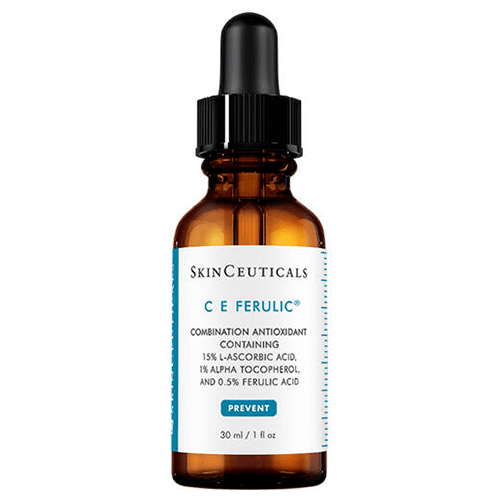
For a generation born with an iPhone in hand – exposure to blue light comes with the territory. Especially considering The Reuters Institute Digital News Report for 2019* found people 18-35 were spending upwards of six hours a day on their phone. So what the heck is blue light, what does it have to do with our phones and why is it important when it comes to our skin? We enlisted Emma Hobson, Director of Education for Dermalogica to help break it down.
While we are more aware than ever of the damaging effects of the sun on the body’s largest organ, we are significantly less aware about the effects of blue light.
So what actually is it?
“Blue light is also known as high-energy visible (HEV) light,” says Hobson. “[It] is visible light emitted in sunshine, that makes up on average between 25 and 30 percent of the light spectrum.” However, while the majority of blue light exposure comes from the sun, it is also the light that is emitted from the screens of our favourite devices… think phones, laptops and tablets. It’s been suggested in recent years that this form of light is not only damaging to our skin, but detrimental to our eyes, as well as possess the ability to throw the body’s biological clock, also known as circadian rhythms— that are regulated by light—out of whack.
How does it affect the skin?
When it comes to our skin “it is known that blue light affects long term photoaging of the skin,” explains Hobson. In a similar vein to the damage that the sun can cause, “recent studies suggest that blue light can penetrate the skin,” and as a result cause pigmentation, inflammation, lines and wrinkles.
“There still needs to be more research [undertaken to determine] specifics; [however] some studies suggest it stimulates an increase in free radicals that damage the skin,” she says. What has been confirmed however, is that it promotes stressors in the skin that can cause premature ageing.
How can damage be prevented or minimised?
It’s not all bad news. There are not only ways to prevent damage from excessive screen time, but there are ways to work on repairing existing damage too.
“You need to protect the skin by using a full spectrum [physical] sunscreen,” says Hobson, “I’d recommend a physical sunscreen that uses zinc oxide.” Zinc oxide works well as it not only screens UVA and UVB but is also effective for blue light. Prioritising “ingredients such as antioxidants in your toners, boosters, moisturisers and sunscreens” also help boost your skin’s ability to fight free radicals, so are a big win.
As far as practices that help reduce the potential for blue light damage, Hobson says to try and monitor your screen time and use night mode as often as physically possible. Night mode changes blue light to yellow light, which is intended to lessen digital eye strain, lessen the effect on circadian rhythms and limit blue light exposure and damage to the skin, as a result. Also looking into blue light protective glasses and blue light screen shields could be beneficial.
What about existing damage?
Whether it’s from the sun or blue light, a “good home care program is essential for healthy skin.” Investing in products that contain actives such as vitamin C, niacinamide, retinol (read up before using this one) and AHA/BHAs, found in serums, masks, peels and treatment moisturisers are all effective in treating and reducing pigmentation, inflammation and fine lines.
If you’re looking to up your treatment game however, “I’d recommend a regular professional skin treatment,” says Hobson. “[Treatments] targeting signs of ageing with actives such as retinol, oligopeptide or hyaluronic acid infused into the skin with micro-current, as well as hydro dermabrasion and/or a good exfoliating treatment.”
Centennial tip: If you’re thinking in investing in a retinol, AHA or BHA product (that includes salicylic and glycolic acids), be sure to build use up slowly to check if it is suitable for your skin type. Also, as they are resurfacing ingredients (which are primarily intended for night time use), SPF is a non-negotiable for use in the daytime.
Our favourites include: Dermalogica Invisible Physical Defense SPF30, Skinceuticals C E Ferulic, The Ordinary Salicyclic Acid 2% Masque
*which surveyed more than 75,000 people across 38 countries.




